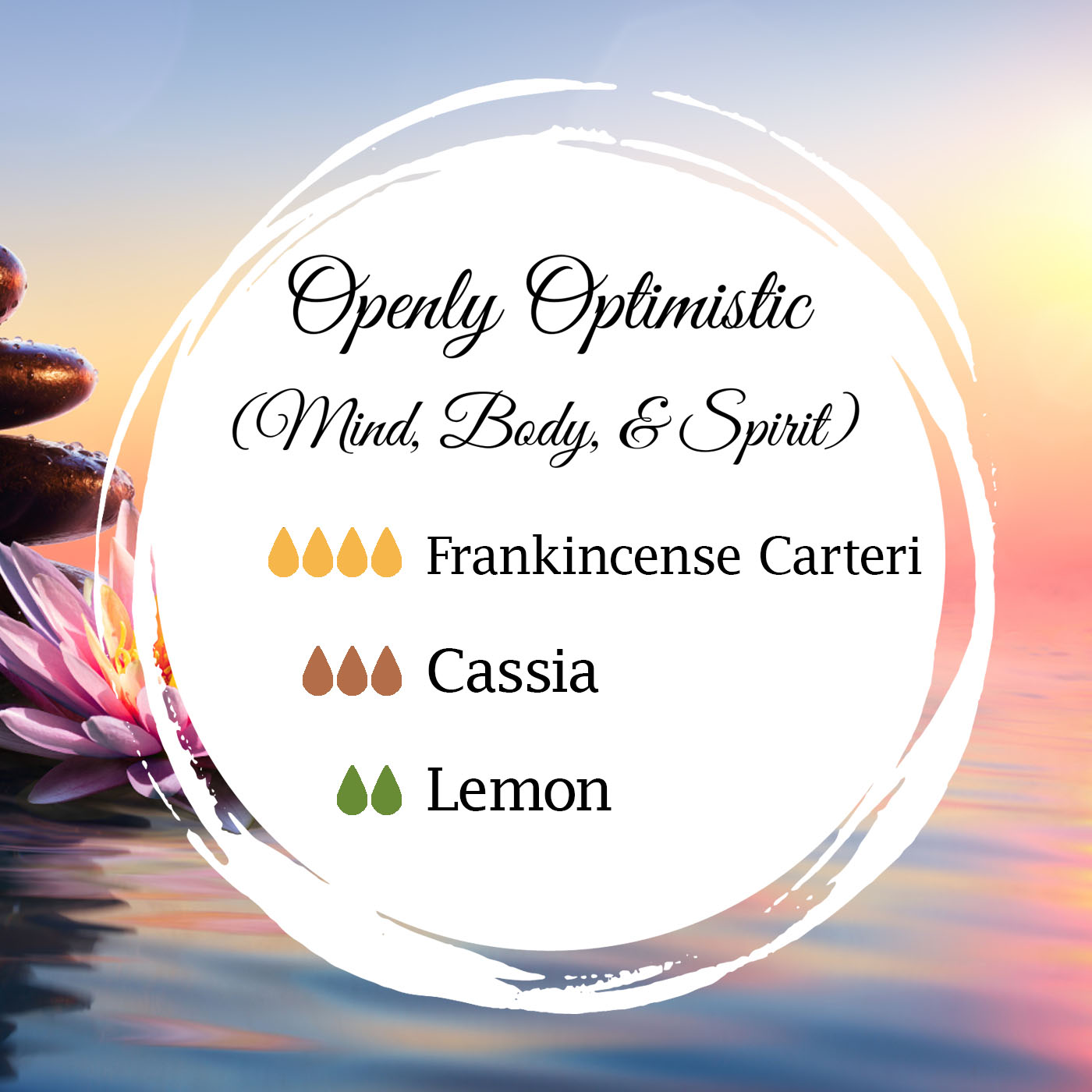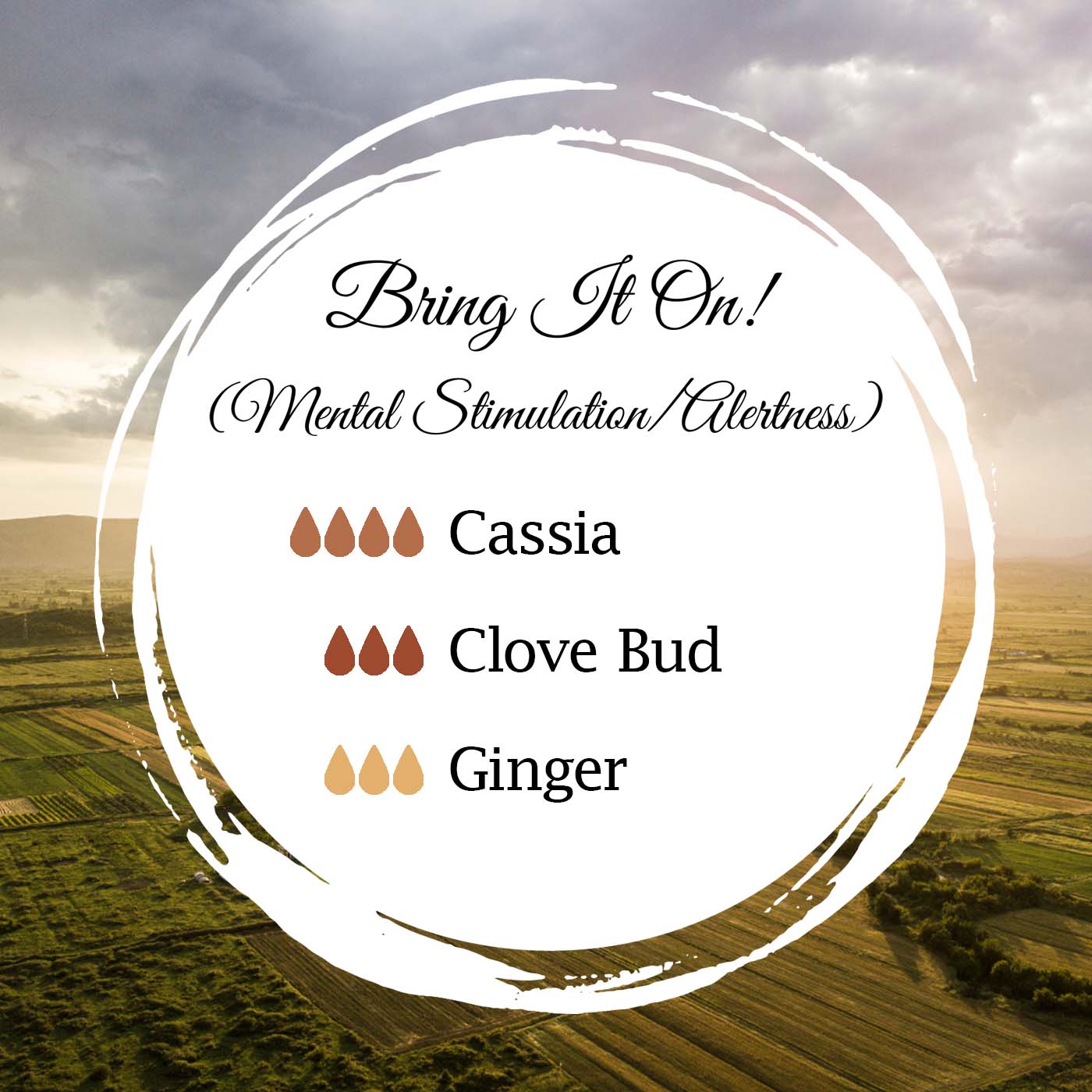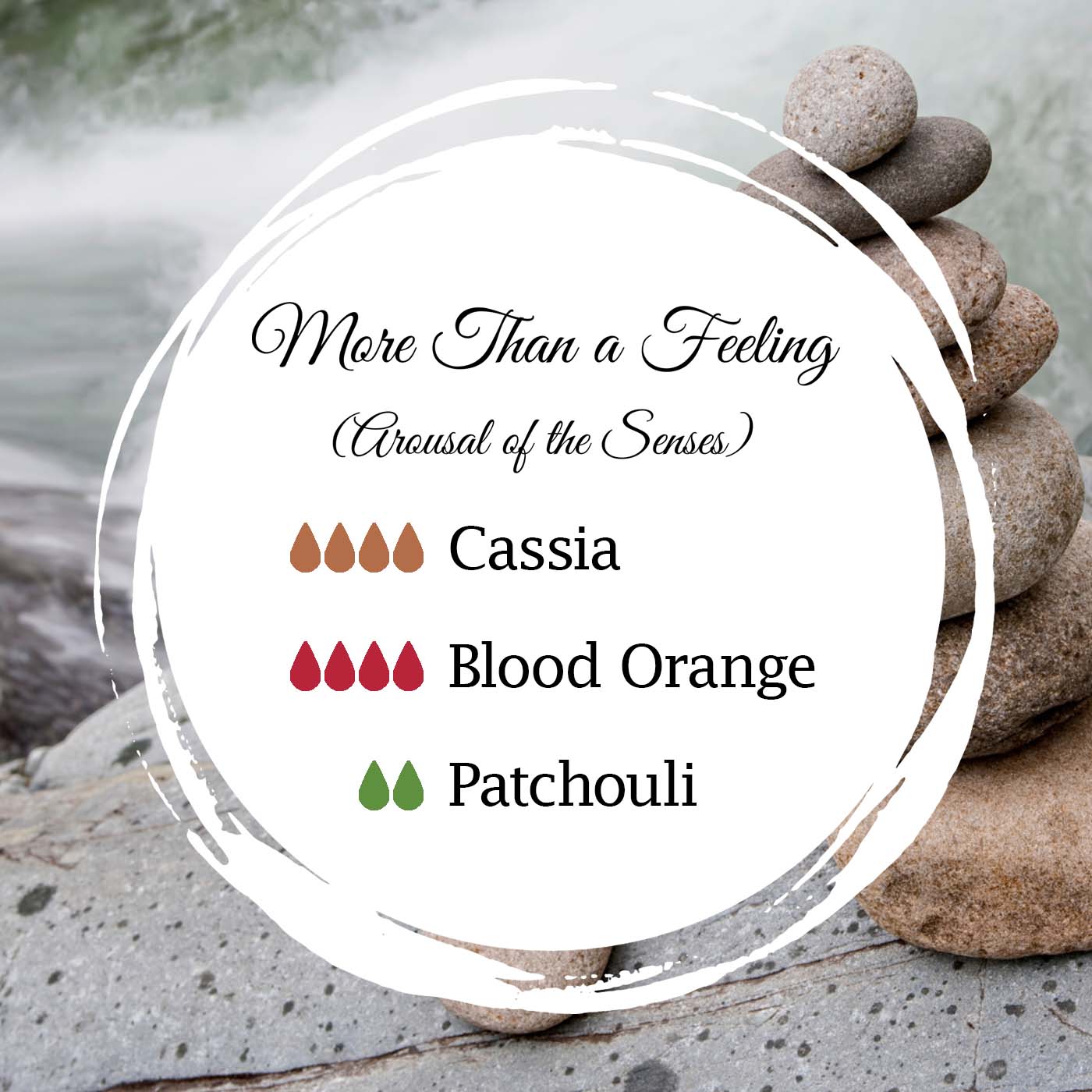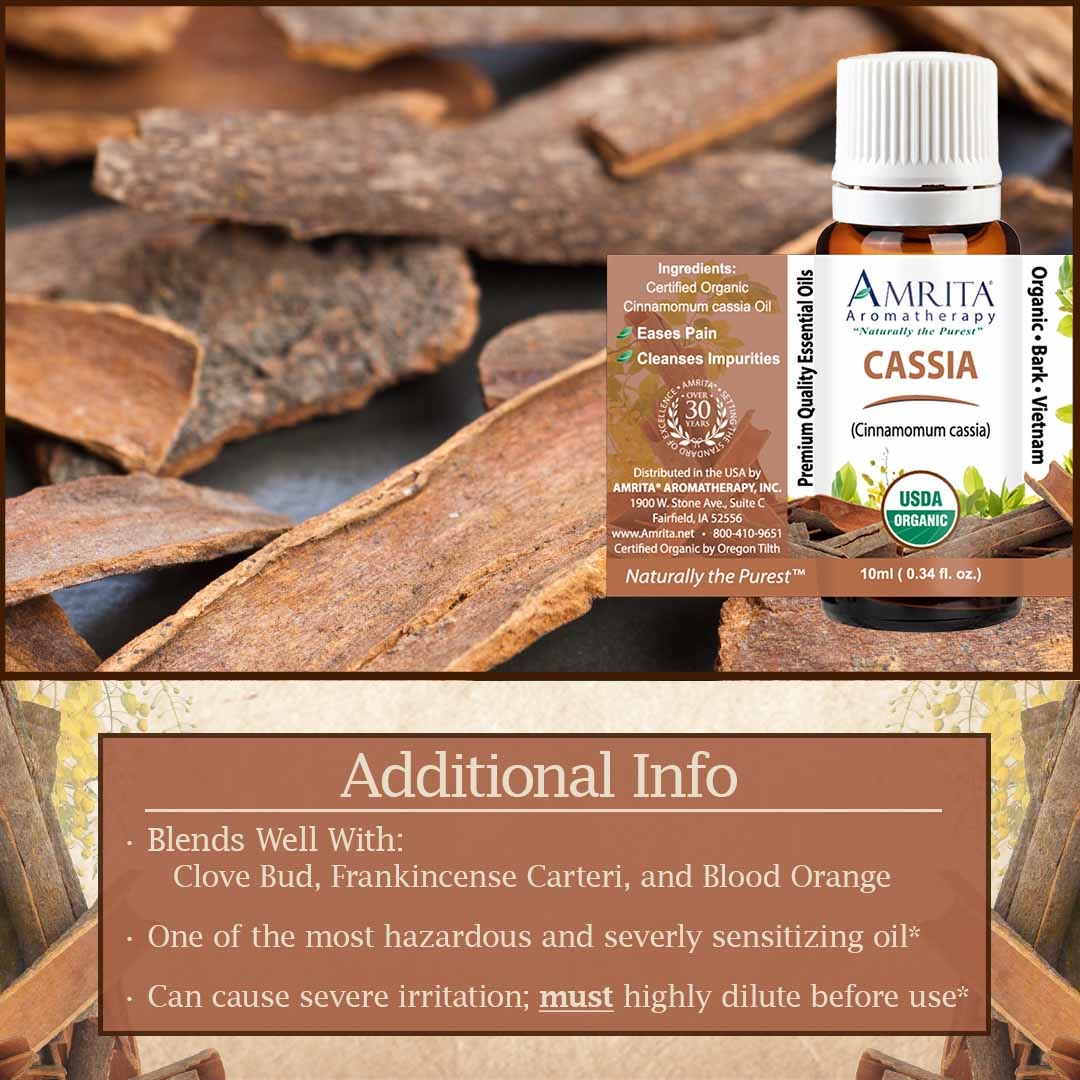Product Spotlight: Cassia
Oct 30th 2023
Posted by Dr. Christoph Streicher and Chase F.
“When the Arabians go out to collect Cassia, they cover all their body and their face with the hides of oxen and other skins, leaving only holes for the eyes, and thus protected, go in search of the Cassia, which grows in a lake of no great depth. All round the shores and in the lake, itself there dwell a number of winged animals, much resembling bats, which screech horribly, and are very valiant. These creatures they must keep from their eyes all the while that they gather the Cassia.” -Herodotus, from The Histories (Book 3) circa 5th Century BC.
Herodotus, of Ancient Greece, was one of our earliest sources of written history. Unfortunately, as the previous quote demonstrates, he was not always reliable in his fact-checking. He probably never even went to many of the places he described, but instead often relied upon folk tales relayed to him by just about anyone who would talk. Often, these stories were interlaced with elements of fantasy. Cassia does not grow in lakes, and there were probably no eye-gouging bats protecting it. He also claimed that Cassia was brought to the Greeks by giant birds who would use sticks of its bark to build nests. He added that clever Greeks would then set out large chunks of meat on the ground which the birds would take to their nests, overloading them until they collapsed and fell so the sticks of Cassia bark could be collected by the crafty, patient humans. Clearly, this is another example of Herodotus’ tendency toward fantasy.
But, even the most highly embellished falsities usually contain elements of truth, and Herodotus’ tales are no exception. We can gather at least two glaring truths from his accounts: The first is that people have been using Cassia since over 2,500 years ago, and the second is that it must’ve been quite a hot commodity! Obviously, right? Why else would anyone risk losing their eyes to screeching, terrifying, flying beasts? Let’s find out more about Cassia, its history, and its use in modern times… and let’s try to keep our facts straight.
 |
What is Cassia? How Does it Differ from Cinnamon?
Use of Cassia dates as far back as 2700 B.C. when the Ancient Chinese utilized the bark medicinally, crediting it with the ability to alleviate symptoms of nausea, diarrhea, and menstrual issues. In fact, it is still listed as one of the “50 Fundamental Herbs of Traditional Chinese Medicine” and By 500 B.C. ancient trade routes (not the giant birds credited by Herodotus) had brought Cassia to India, Egypt, Persia, Greece, and other surrounding areas. Within this span of time Ancient Hebrews began to use Cassia for culinary purposes also, and while they were probably not the first to do so it is clear that they were partly responsible for spreading this practice to other cultures. The Bible references it twice: As an important product in trade and commerce, and as an ingredient in “Holy Anointing Oil”.
Cassia (Cinnamomum cassia) originated in Southern China and is now cultivated throughout Southeast Asia. Its close relative Cinnamon (Cinnamomum zeylanicum) exists within the same family of plants, Lauraceae, as well as within the same genus, Cinnamomum. Also known as “true” Cinnamon, it is generally found only in Sri Lanka. Historically and in modern times, the words Cassia and Cinnamon have been confused due to the similarities between the two species. Many historical references to Cassia are misrepresented as “Cinnamon” and it still happens among the common marketplace to this day, in that virtually all “Cinnamon” powder and sticks on the market are actually Cassia. This works out fine in the culinary world because Cassia is more easily and economically obtained than Cinnamon due to its larger growth regions, stronger flavor profile, and higher oil yields. But in the world of Essential Oils, the differences between the two species become much more relevant, as their distinct chemical compositions become a significant factor.
Why Would You Use Cassia Oil? What are the Therapeutic Benefits of Using Cassia Essential Oil?
Cassia Essential Oil provides many of the same benefits as its cousin, Cinnamon. However, Cinnamon Bark Oil is more aggressive and sensitizing due to the cinnamic aldehyde. Its ability to mitigate symptoms of arthritis, along with other types of pain in the joints and muscles, has been recognized for over 4,000 years.* This is due in part to its impressive analgesic and anti-inflammatory actions.*
The aroma of Cassia Essential Oil is highly reminiscent of Cinnamon but tends to be spicier and more pungent overall. It is highly stimulating for the nervous system, helping to encourage mental activity, energy, and creativity.* On days where one finds it difficult to overcome feelings of depression or dullness of mood, the pleasant, spicy-sweet scent of Cassia may be just the right pick-me-up to elevate the spirit.*
Other widely acknowledged benefits of Cassia Essential Oil relate to the digestive system. Its tonic and carminative abilities can mitigate symptoms of nausea, diarrhea, and flatulence while aiding in digestion and easing stomach discomfort.* It also demonstrates antiviral, antibacterial, and astringent qualities, a range of issues can be potentially mitigated and/or deterred before they ever become a problem.* The immune system also benefits from these abilities while overall circulatory function is aided as well.* This translates into big implications for how Cassia could assist the lymphatic system in retaining its vitality and effectiveness.*
Some in vitro studies have suggested that Cassia Essential Oil could possibly help to inhibit growth of tumors in mice and rats, as well as potentially lessen symptoms of diabetes and obesity.* It should be noted, however, that these specific results are not yet regarded as definitive and more thorough studies would be needed to validate such abilities. Therefore, Amrita will view these findings with cautious optimism while refraining from asserting any specific claims until more substantial data is available.*
How Would You Use Cassia Essential Oil?
Along with the list of potentially therapeutic benefits offered by Cassia Essential Oil, comes a number of application methods for maximizing desired results. It should be noted that Cassia is can be used for topical application only after it has been strongly dilutes; Amrita also recommends that patch test is performed before applying more liberally to the skin. Cassia Oil, with its high content of cinnamaldehyde and coumarin, is one of the most potentially sensitizing Essential Oils, and therefore could be hazardous if used topically. Even its milder, botanical cousins Cinnamon Bark and Cinnamon Leaf, must be highly diluted before using on the skin. That being said, it has been found that Cassia, diluted to a tiny concentration of 0.3%, can be safely applied to the skin of most users if its astringent properties are desired topically.* But again, Amrita would suggest other milder oils for topical use before trying Cassia in this way. Here are some recommended methods of use:
- Diffusion / Inhalation Application: (Add a few drops to a nebulizer or nasal inhaler)
- A highly recommended way to enjoy Cassia Essential Oil is by adding a few drops to your favorite nebulizer or inhaler. It delivers a strong, sweet, spicy aroma which is highly reminiscent of Cinnamon and generally quite pleasant. Think back to the enjoyable surprise experienced when trying one of Grandma’s Cinnamon candies for the first time. One would be hard-pressed to find such a naturally spicy and sweet combo packed into any other of nature’s offerings. When used in this manner, Cassia will stimulate mental activity much more aggressively than “true” Cinnamon. Cassia users also note that it can deeply improve the overall mood, while many even find it to be sensually arousing!*
- Oral Care: 1% Dilution in Sesame Oil
- Due to its analgesic, anti-inflammatory, astringent, antibacterial, and antiviral properties; Cassia Essential Oil can battle a range of oral maladies when diluted in Sesame Oil and gargled.* Some of these issues include halitosis, laryngitis, tonsillitis, sinusitis, and sore throat.* Many would agree that this natural mouthwash recipe is much more pleasant than some of the mainstream, chemically busy, and overly aggressive mouthwashes available on supermarket shelves which don’t even demonstrate most of the therapeutic benefits offered by Cassia.*
- Overall Topical Application: 0.3% Dilution
- As mentioned above, Cassia can be highly sensitizing to the skin. Amrita does NOT recommend applying directly to the skin without professional consultation and extreme caution. However, studies have shown that a dilution of no more than 0.3% can be safely applied by most users, which means 3 drops of Cassia per 4 tablespoons of carrier oil.* This would theoretically provide the same potential benefits previously mentioned regarding the aromatic bath method, while focusing more on specific areas of application.* It should be noted that there are milder oils which could be used therapeutically in this method much more easily and safely, the most similar being that of “true” Cinnamon Leaf.* But Cinnamon can also be skin sensitizing if not diluted properly, so it might make more sense to use a non-sensitizing essential oil with similar benefits, such as Eucalyptus, Lavender, or Peppermint.*
- As mentioned above, Cassia can be highly sensitizing to the skin. Amrita does NOT recommend applying directly to the skin without professional consultation and extreme caution. However, studies have shown that a dilution of no more than 0.3% can be safely applied by most users, which means 3 drops of Cassia per 4 tablespoons of carrier oil.* This would theoretically provide the same potential benefits previously mentioned regarding the aromatic bath method, while focusing more on specific areas of application.* It should be noted that there are milder oils which could be used therapeutically in this method much more easily and safely, the most similar being that of “true” Cinnamon Leaf.* But Cinnamon can also be skin sensitizing if not diluted properly, so it might make more sense to use a non-sensitizing essential oil with similar benefits, such as Eucalyptus, Lavender, or Peppermint.*
What Blends Well with Cassia?
It should be pretty clear by now that Cassia has an aroma similar to, if not more spicy-sweet, than that of Cinnamon as they are so closely related within the botanical world. Well, just imagine the long list of foods, candies, drinks, and air fresheners, all of which include Cinnamon as an ingredient, and then you begin to understand the wide range of possibilities for blending Cassia. Try blending with Lemon and Frankincense for balanced mood enhancement.* If you’re seeking mental stimulation and alertness, Cassia will team up quite nicely with Clove Bud and Ginger to put some pep in your step.* Finally, to arouse the senses try mixing Cassia with some Patchouli and Blood Orange.* Please refer to the DIY recipes below:
 |
 |
 |
Final Thoughts from the Amrita Team
Because Cassia has been utilized by humanity for so many thousands of years, it vastly predates modern history. This forces us to dig deep for clues regarding its origins and history, while trying to sort out fact from fiction. When Herodotus wrote about Cassia in the 5th Century B.C. it had already been in use for thousands of years, and it’s clear that our modern standards of historical accuracy and fact-checking were not applied to his writings. Thankfully, we now know that it is not necessary to battle horrifically screeching bat-creatures or outwit fantastically giant birds to attain this wonderful substance. We also now know that Cassia has been confused with Cinnamon, and vice versa, both historically and in present times. Hopefully, this article clears up some of the differences between the two. In summary, when you pick up a little jar of “Cinnamon” at the market, it actually could very well be Cassia… and that’s ok, because it will still give you the Cinnamon flavor you’re looking for. But Cassia and Cinnamon both have their distinctive roles within the realm of Essential Oils. Now that you understand what sets them apart, Amrita hopes you will add both to your aromatherapy toolkit today!
Happy Blending!
*These statements have not been evaluated by the Food and Drug Administration. These products are not intended to diagnose, treat, cure, or prevent any disease.
Original Published: 2023-10-30 / Last Modified: 2025-6-16



